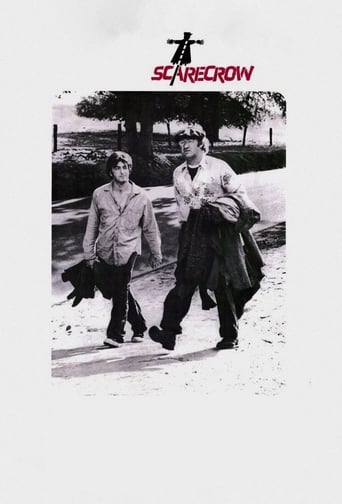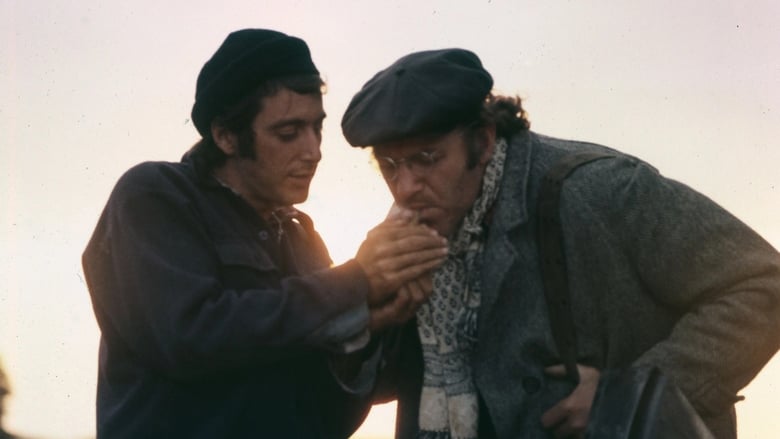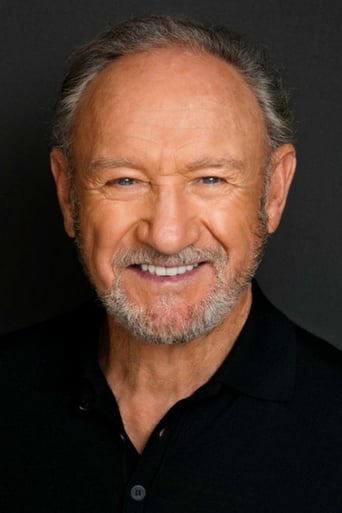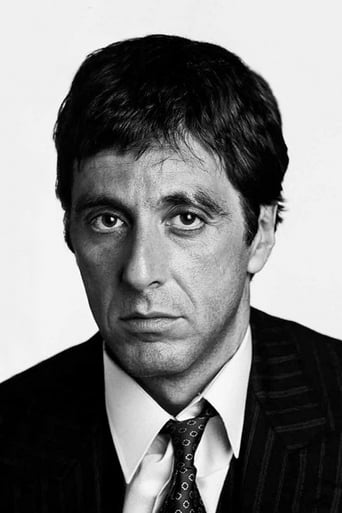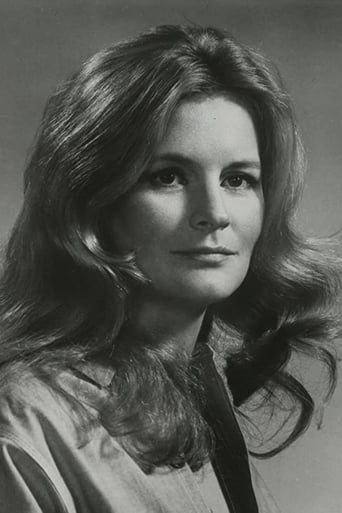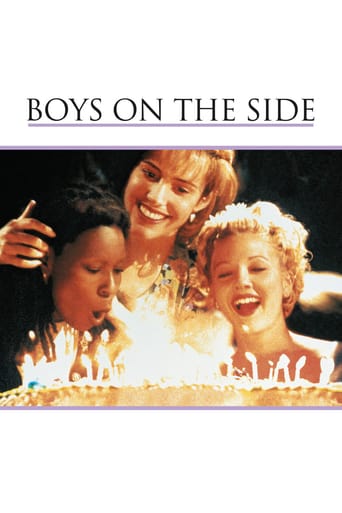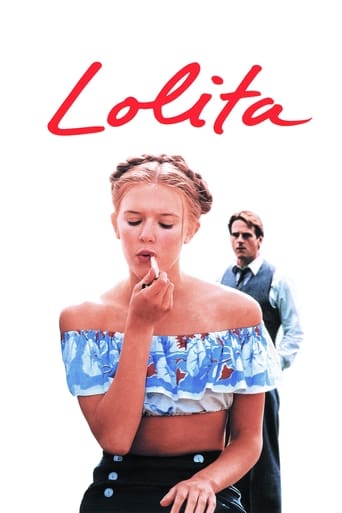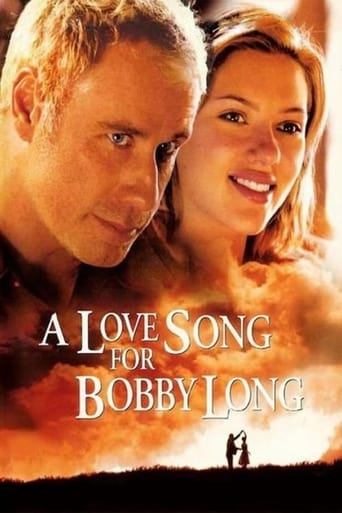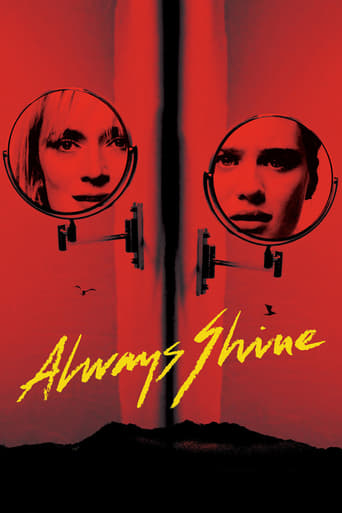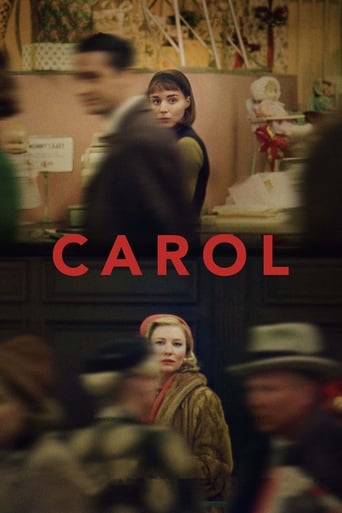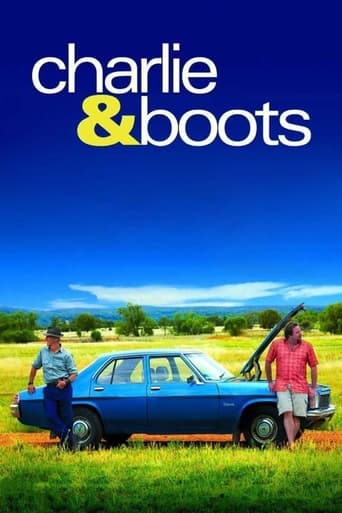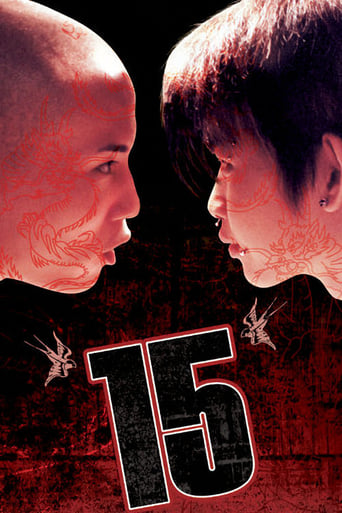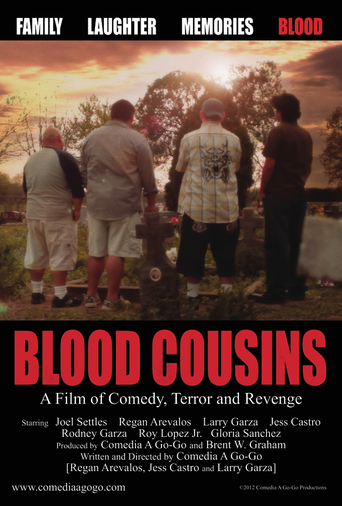Scarecrow (1973)
Two drifters bum around, visit earthy women and discuss opening a car wash in Pittsburgh.
Watch Trailer
Cast


Similar titles
Reviews
Just what I expected
Simple and well acted, it has tension enough to knot the stomach.
This is one of the few movies I've ever seen where the whole audience broke into spontaneous, loud applause a third of the way in.
It's a movie as timely as it is provocative and amazingly, for much of its running time, it is weirdly funny.
They don't make em like this anymore. Not sure if they ever did. But Schatzberg, Pacino, and Hackman bring everything that have to the table, and it's a feast.
Max (Gene Hackman) and "Lion" (Al Pacino) are two drifters who meet on the road. Max is an ex-convict, while Lion is a former sailor who abandoned his wife. Before much time has passed, they've become friends. They stick together while each man works towards a purpose. Max has been socking away a moderate amount of funds in order to open a car wash in Pittsburgh, and Lion is looking to go to Detroit to meet his child (he doesn't even know if the kid is male or female) for the first time.Garry Michael White wrote the screenplay for this thoughtful, sensitive drama, capably handled by photographer Jerry Schatzberg, in his third filmmaking credit. Given the nature of Schatzbergs' former trade, it's not surprising that the film looks great, especially since it's shot in Panavision and makes great use of several locations. Like so many late 1960s and 1970s films, it's not afraid to get grim, and doesn't spoon feed the audience a happy, conclusive ending. It is somewhat episodic, with two major sequences. First, Max connects with an old friend, Coley (Dorothy Tristan), who partners with a gal named Frenchy (Ann Wedgeworth) in the junk business. Next, after a bar room brawl, Max and Lion spend time in stir, where Lion is victimized by a trustee (Richard Lynch).Hackman and Pacino have rarely been this engaging. It's not surprising to learn that Max is the favourite role for the now retired Hackman; it is an interesting, amusing character, a man who's both a lover and a fighter. Pacinos' Lion may seem to be the inexperienced, naive one, but he's actually the one who has more to teach his new friend. In particular, how to have a good laugh.The first rate supporting cast also includes Eileen Brennan and Penelope Allen. Lynch once again shows why he was one of the big screens' premier villains. Richard Hackman, who has the small role of Mickey, is Genes' brother.Nicely shot (by Vilmos Zsigmond) and scored (by Fred Myrow), this is an affecting little film that leaves a memorable impression.Seven out of 10.
In the opening scene of "Scarecrow," the character Max (Gene Hackman) has just been released from a six-year prison term and is walking down a hill carrying his suitcase. He then seeks to negotiate a small, barbed-wire fence, but gets enmeshed in the wire and tears his clothes. He then fails to observe a small incline ahead of him and tumbles down the hill on his ass. To add further humiliation, the entire act was observed by another hobo named Francis (or Lionel), as played by Al Pacino. Max prides himself on carefully planning everything out in advance. But he is caught in the lie in the earliest moments in the film.Hackman and Pacino create two unforgettable characters in this oddly matched pair of drifters. While both Max and Lion are running from their past, the film does not dwell on the past or even the future in their shared pipe dream of starting a car wash operation in Pittsburgh. Rather, the focus is on their present adventures, or encounters.Hackman is clearly infusing the character Max with his personal life story of a streetbrawler. At any given moment, his temper can flare and his smiling demeanor can turn on a dime. Pacino's character Lion is similarly on the edge with a disturbing proclivity to act out dramatic moments as a mask for his guilt at abandoning a woman whom he impregnated."Scarecrow" is successful in finding the right balance between the humor and the seething realities of the characters that lie beneath the surface. Nearly all of the small roles in the film are memorable, as the characters who come into contact with Max and Lion sense the danger under the congenial surface of the characters.When "Scarecrow" was released in 1973, film critic Roger Ebert wrote a mediocre review, criticizing the screenplay and the film aesthetics. But those very values are what are so striking today with the decline of quality and risk-taking in films. For this reason, it is difficult to find any "road picture" in the past half century that rises to the level of "Scarecrow."
Fittingly for a film awash in "Wizard of Oz" motifs, Jerry Schatzberg's "Scarecrow" opens on a yellow brick road. Max Millan's (Gene Hackman) on one side, Lionel "Lion" Delbuchi's (Al Pacino) on the other, but the gift of a "last match" sparks a friendship which draws both men together.Schatzberg then quickly sketches the personalities of both men. Max is an angry hothead who has just been released from prison and who harbours dreams of starting a business. Lion, in contrast, is a coward who resorts to comedic self depreciation in order to avoid conflict. Both men have severe avoidance complexes, resorting to cowardice or violence, action or inaction, as a means of combating a hostile post-War America. Like Jack Nicholson's "The King of Marvin Gardens" (1972), "Scarecrow" (1973) ultimately watches as two outcasts grapple with delusions, aspirations and an American Dream which exists only to betray."Scarecrow" takes the format of a road-movie, Lionel and Max embarking on a little cross country adventure. Their ultimate destination? Small-town Pittsburgh, where the duo hope to start a car-wash business. Along the way they stop off at Max's sister's home in Denver, and then visit Lionel's ex-lover in Detroit. Both visits point to wasted lives steeped in sadness and regret. Lionel and Max's contradictory personalities may act as a magnet which pulls each towards a "sensible" middle ground, but there are no happy endings here. Lionel ends up in a mental hospital and Max remains a vagabond, a climax which perhaps too similarly echoes that of "Midnight Cowboy" (1969). Last shot? Max hammering a shoe full of dirty cash on a counter, still hopeful, but no closer to his dreams. Gorgeously shot by master cinematographer Vilmos Zsigmound.8/10 – Minor classic. Worth one viewing.

